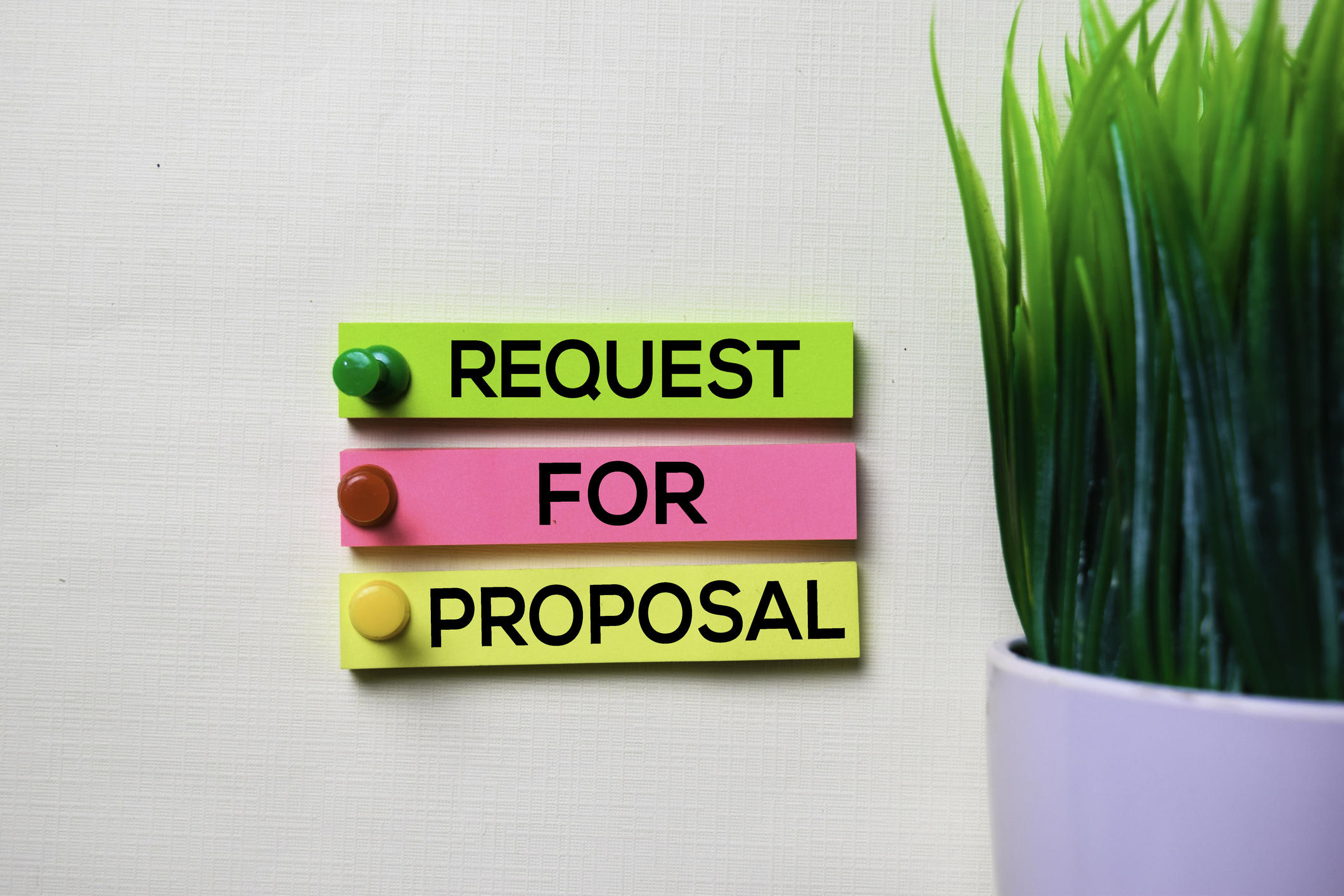What Is The Key To Writing An Effective Proposal In Response To An Rfp?
Learn some strategies for arranging the best possible responses to RFPs to market your company's strengths

Image: Getty Images/iStockphoto
A Request for Proposal (RFP) is issued when an organization needs to purchase a product or service and needs to vet out vendors and products to make the best possible selection.
The vetting process works by providing a description of the company and the product/service requirement as well as the goals and criteria for implementation and project success. This involves asking a series of questions about the potential vendor's product or service in order to elicit details for how an implementation strategy would work.
An RFP should provide enough detail to give respondents the appropriate context needed to propose a valid solution, but vendors should also exercise some flexibility in their responses to utilize creativity and stand out from the competition.
SEE: RFP templates and guidebook (TechRepublic Premium)
Tips do's for vendors
Enjoying this article?
Download this article and thousands of whitepapers and ebooks from our Premium library. Enjoy expert IT analyst briefings and access to the top IT professionals, all in an ad-free experience.
Join Premium TodayVendors seeking to acquire business via an RFP should adhere to the following principles when responding to them.
- Answer each question in sufficient detail. However, keep answers short and to the point to ensure that they are as concise as possible.
- Ensure answers are accurate and truthful.
- Utilize subjective examples where possible; e.g. the software being provided yields these specific benefits.
- Get clarification on the ambiguities before potentially proceeding down the wrong path.
Be aware that some customers will put "unique" questions not related to the actual projects in an RFP such as inquiring about the density of a black hole or asking how many European swallows does it actually take to carry a coconut. This is an attempt to ensure prospective vendors are paying attention to the material and not merely responding with a generic blanket template. Answer these questions as accurately and professionally as possible.
Don't be afraid to go above and beyond where the opportunity arises; if there is available material to educate the customer on issues or factors related to their questions (but not specifically spelled out) provide this if it offers relevance.
It's also a good idea to keep a supply of statistics, case studies, satisfied customer quotes/contacts (if they are amenable to discussing the product/service with potential customers), and other reusable data which can facilitate the RFP response process. That being said, customize RFP responses to make them as unique to the customer and their needs as possible.
SEE: RFP templates and guidebook (TechRepublic Premium)
Tip don'ts for vendors
Avoid giving away any confidential or proprietary information. If this is unavoidable, don't do so without a non-disclosure agreement. Also, don't initially quote the lowest possible price for the product or service; assume there will be some negotiation on both sides to come to a fixed agreement.
Don't introduce hidden fees or other elements, which may result in a negative "surprise" on the part of the customer. Although it is a good idea to try to bundle pricing and offer discounts where possible.
SEE: RFP templates and guidebook (TechRepublic Premium)
Follow-up tips
It's important to keep records of both which RFP responses were successful and which were unsuccessful. It's also important to determine the reasoning behind this. Was it price? Features? Complexity? Utilize any feedback from customers who elected not to pursue the product/service being offered and tailor future RFP responses accordingly.
Follow the potential customer's recommendations for RFP response submission, but always offer to engage in a telephone call or in-person visit to discuss the response and offer answers to any questions.
Remember to always follow up with the potential customer after submitting the RFP response to ensure it was received. Check in with them after a two-week period to offer any clarification or further information they might need.
SEE: RFP templates and guidebook (TechRepublic Premium)
What Is The Key To Writing An Effective Proposal In Response To An Rfp?
Source: https://www.techrepublic.com/article/how-to-effectively-respond-to-a-request-for-proposal-rfp/
Posted by: thompsonduccies1960.blogspot.com

0 Response to "What Is The Key To Writing An Effective Proposal In Response To An Rfp?"
Post a Comment